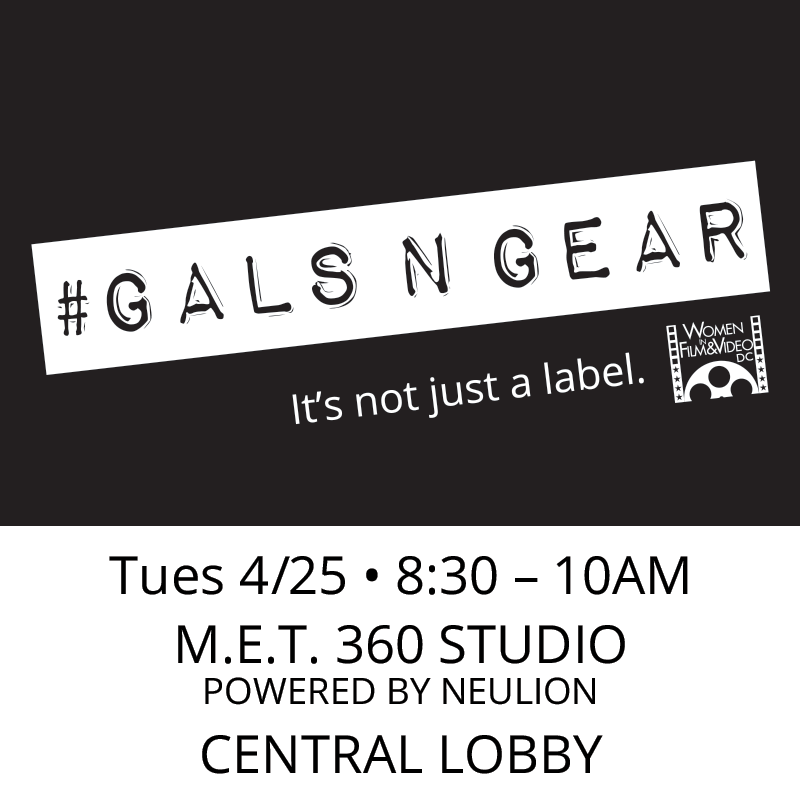You’ve got some interviews lined up for a company video. Maybe you’ve already got a list of questions. But will you be able to turn those soundbites into a compelling story? Before filming, you may need to do some brief writing. Namely, a short creative brief, conduct some pre-interviews, and develop a story arc. As a professional video scriptwriter and producer, here are a few of my top tips for some writing that will help your video end product.
- Creative Brief. What’s the look and feel you want to convey? Who is your target audience? And what are you trying to get them to feel and do after watching the video? What are the delivery specs and what platforms will it play on? Who has final approvals? What’s the budget and timeline for delivery? Detailing the answers to these questions is essential before you roll on any footage. Often, I like to add storyboards to my creative briefs, so everyone can discuss looks and agree on a visual style. You can use tools like Storyboarder Plot or the more high-powered Frameforge. You can certainly reference other videos on YouTube, but be careful. If you don’t know the budget and timeline of those projects, you could be setting a goal you can’t achieve. And don’t forget that even a crappy sketch can help everyone on the team visualize the look!
- Pre-Interviews. Whenever possible, conduct pre-interviews. If you’ve pre-interviewed someone, you can build rapport in advance of lights-camera-action. You can also get a sense of key stories and anecdotes and how to approach your questions. You’ll also get a sense of their personal style, which will again help you conduct a better interview. A solid story arc drawn from these interviews should include a brief introduction or back story, a key challenge or turning point, and a resolution. And ideally also an opening hook. (I’ll leave that for another post.) By pre-interviewing your subjects and thinking through your story arc in advance, you’ll get better soundbites and avoid missing an important element.
- Story Arc. Now that you’ve got the lay of the land in terms of who your main characters are and the stories they can tell about your subject, you can start to lay out a possible story arc. This doesn’t mean you can’t stray from this idea once you are in the editing room. But a solid story arc can help you decide which questions are most essential when you have limited time for interviews. You can also start to understand what additional visuals you might need to tell the story, whether they are stock images, archival content, or b-roll. For my video projects, I like to have these elements in my story arc:
- An opening hook—something to grab the viewer and get them into the story.
- Background – an extremely brief explanation of what we’re talking about—which can come from interview soundbites or a narrator.
- Central challenge or conflict – every story needs some tension, even nonfiction. What created change in the central character’s life? What did the product do to change the world of the customer?
- Resolution – Some final thoughts or a resolution of the central challenge gets you to the end.
- Call to Action – If you are making a fundraising or advocacy video, there may be something you want viewers to do after watching. “Get involved by clicking this link” etc.
You don’t have to be a Hollywood screenwriter to make your interview-based nonfiction story better. But you will find that doing some writing in advance of filming will improve your video storytelling and impact. In an upcoming post, I’ll talk about taking the story arc plan and transcripts and turning them into an editing script.
For more details on video scripting, see my LinkedIn Learning course http://bit.ly/HowtoScript








 Video is some of the top shared media online. It’s a great vehicle for telling your brand story. When talking about video, everyone imagines lights, camera, action! But there are several steps that must happen before and after the shoot to help you deliver a great project.
Video is some of the top shared media online. It’s a great vehicle for telling your brand story. When talking about video, everyone imagines lights, camera, action! But there are several steps that must happen before and after the shoot to help you deliver a great project.







 nds of dollars worth of cool stuff! We want to be sure these professionals get the limelight they deserve, and inspire the next generation of women working behind the lens in our industry.
nds of dollars worth of cool stuff! We want to be sure these professionals get the limelight they deserve, and inspire the next generation of women working behind the lens in our industry.



